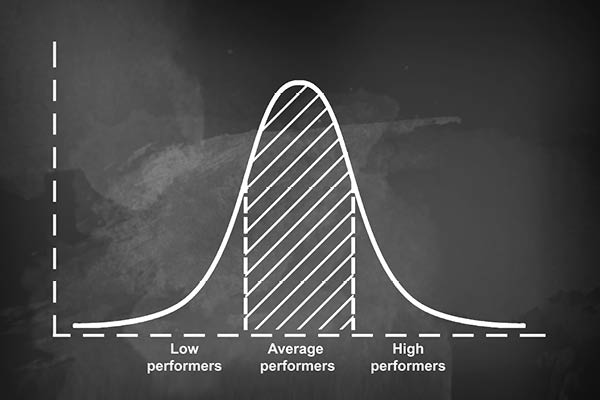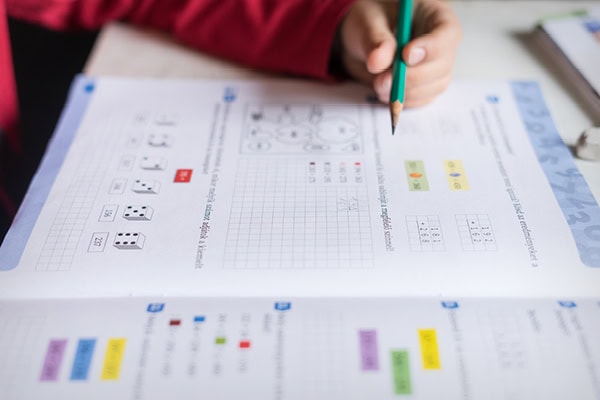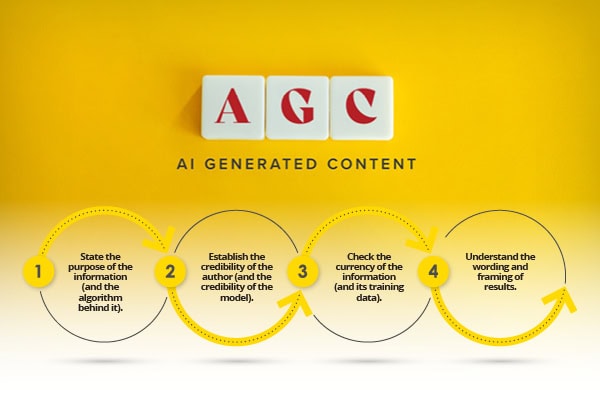“Long ago, neuroscience proved that human brains are as variable as fingerprints. Everyone is different and learns differently. Until educators begin teaching to that reality, student performance will continue to lag — and far too many young people will never have an opportunity to show what they know,” writes Lindsay E. Jones, chief executive officer of CAST, a nonprofit education research and development organization, in an article in The 74.
“Teaching to a mythical average leaves far too many students bored and disengaged. No wonder chronic absenteeism has more than doubled to 30% since 2020.”
According to the recently published third annual State of the American Student report from the Center for Reinventing Public Education, there are few truly ‘average’ students. Every young person affected by the pandemic had a different experience and recovery support.
The report states that labeling some students as ‘exceptional’ implies that most students are not, isolates students with the greatest needs and denies them opportunities to succeed and stigmatizes targeted support that many students require to address gaps in their learning.
Jones offers these keys to breaking with the ‘average’ ideal:
- Start designing education for students on the margins — the special populations who were disproportionately harmed by the pandemic — and every student will benefit.
- Instructional materials should be much more varied and accessible: print, digital, text-to-speech or audiobooks. Students could choose which they would use. Regular feedback about their work is essential.
- Clearly identify a learning goal (i.e. finding the theme of a text or the causes of the Civil War) and design curriculum and instruction to give students options for reaching that goal in multiple ways. Tools like word webs help students draw on their prior knowledge. Employ templates, graphic organizers and concept maps to help students take notes. Design methods for assisting students in tracking their progress and understanding which tools and methods work best.
- Personalized instruction based on CAST’s Universal Design for Learning framework that is used in more than 140 New Hampshire schools leverages a variety of techniques, including online learning and statewide workshops. Educators work to increase access and give students more power to direct their own learning by trying different methods and tools. Fifty-five percent of participants who responded to a 2022 survey reported that students had become more goal-directed, 47% noted an increase in students’ resourcefulness and 43% reported that their students were more motivated than they were before the teachers engaged in the training.
- Inertia and resistance must be overcome. Traditional education continues to have separate tracks for general and special education teachers. General education teachers without training or experience must deal with growing numbers of students who have individualized education plans.
- Artificial intelligence can customize instruction and provide immediate feedback. AI-generated analytics and reports allow teachers to spend more time planning engaging and relevant lessons and working directly with students to target individualized instruction to their individual needs.
- Design for the margins and impact all students.
Writes Jones: “Children with disabilities will continue to receive services for their needs under the Individuals with Disabilities in Education Act, but when educators personalize learning for all, those special education services won’t create the segregation that occurs today. When teachers more routinely meet students where they are, all children will benefit, perhaps in unexpected ways. For example, many technologies designed for one population have now become ubiquitous, helping everyone. Think closed-captioned subtitles on videos or speech-to-text conversions on cellphones. Those with low vision, dyslexia or who are deaf or hard of hearing may have been the first beneficiaries of these innovations, but they are hardly the only ones these days.”
The 74





